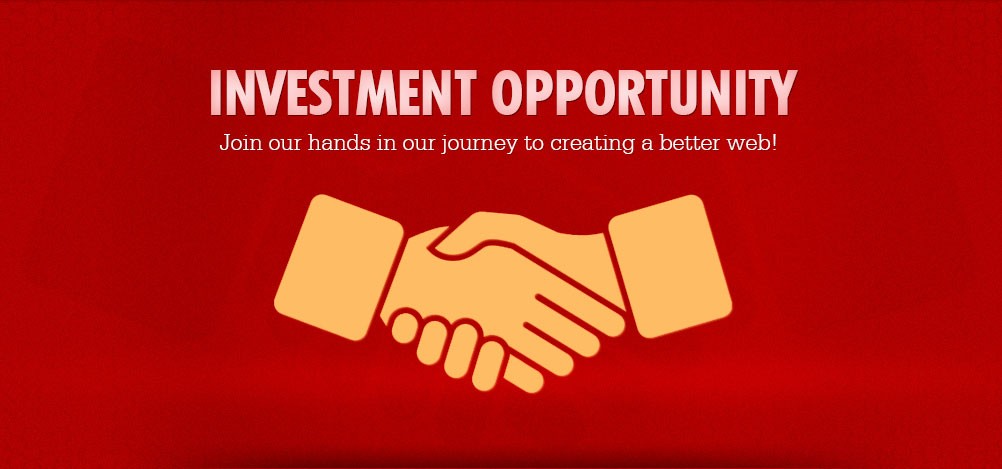OPPORTUNITIES FOR INVESTMENT
Post on: 16 Март, 2015 No Comment

March 14, 2014. Motivate
OPPORTUNITIES FOR INVESTMENT
Launching the Venture
Even a producer of the most mundane manufac-tured products could possess a compelling in-vestment profile for the next decade. The com-pany could be designed to be neither labor nor capital intensive, to be highly liquid, completely up-to-date in manufacturing processes and facilities, and managed by a lean team making only a few major decisions. It would, of course, have access to such marketing acumen that it would be the earliest with the best in new product endeavors.
The start-up phase of such a company would normally begin with a product, or at least an idea, which would be used to raise the required capital. Our futuristic company, however, might begin by raising capital, on the premise that part of the proceeds would be used to buy the best possible new product ideas available; the rest would go toward retaining the services of a number of marketing analysis companies. Or perhaps a management consultant or a patent developer would come up with that best possible idea, along with a marketing profile and positioning study establishing the products exciting potential. The product itself might in fact result from a variety of broad, attractive market screens.
From that point, operations would move quickly, and only a modest amount of capital (perhaps raised by one of the publicly held investment houses) would be required. One or several advertising companies would be retained to develop the product image, design the package, carry out test marketing, produce the ongoing advertising campaigns and handle the product introduction.
The actual production process and facilities would present no significant problem. An engi-neering and construction company could design and build the plant on a site scientifically selected by a major service companys site selection subsidiary. The plant could be leased through any number of publicly held leasing companies. The manufacturing equipment (leased in the same or a parallel package) would be state-of- the-art in technology and automation, with robots, flexible manufacturing systems, and mate- rials-handling equipment designed by its provider to meet the new companys specific needs. Or, for that matter, the production could simply be contracted to outside manufacturers.
Product distribution might be in either of two directions—through one of several national wholesale and retail distributors, or through the company itself, in which case the services of fleet leasing, transportation management, and air courier and air freight companies might be needed.
Internal management operating, reporting and control systems couid be leased as standard software/hardware turnkey packages, or custom designed by a variety of software service companies and computer industry intermediaries. Time-sharing, office equipment rental, com-munications systems leasing and other services round out the initial set-up of the company. As the prospective company grows, of course, it will need to expand its use of these services.
The company will also need many additional support services—insurance, auditing, temporary employment, credit reference, banking, health and pension planning and, as time goes on, building maintenance, food service, waste disposal, energy management, security and armed courier, economic forecasting, auto fleet management and leasing, uniform rental and, during one of the companys inevitable down-turns, executive recruitment and relocation. Small wonder that services represent almost half of reported GNP (and probably a much higher percentage of the underground economy) and have grown more than one-third faster than total GNP in recent years.
By now, our start-up company has become an established success and an establishment stock with a strong operating record, highly regarded management and a solid financial position. Un-fortunately, it is a well-recognized characteristic of the marketplace that competing companies tend to look more like each other over time. As our company achieved its considerable success, the service companies supporting it marketed the success of their client to others. This has resulted in increased competition for our now middle-aged company.
OPPORTUNITIES FOR INVESTMENT
In a highly efficient stock market, our compa-ny, which started out at the leading edge, is encountering the phenomenon of a price-eam- ings multiple shrinking slightly in advance of its earnings growth deceleration. The company has experienced more competition for the best and the brightest new product ideas, and thoroughly modern production facilities are no longer an unusual advantage; theres just too much capital available. The dollars strength has allowed foreign competition to gain a foothold in the companys international markets, and, locally, the extreme price competition from low-cost, government-subsidized foreign manufacturers has caused concern among investment analysts. The government turned a deaf ear to complaints about dumping.
Meanwhile, the market for helping laggard manufacturing companies through service rela-tionships has burgeoned. The ultimate winners have turned out to be the service suppliers, rather than their clients. Fortunately, our client company eventually realized this and acquired many of its past advisors, completing what seems to be a normal investment pattern. If any investor had been astute enough to stay ahead of this process, he would have invested early in the start-up company, switched early into the service companies, cashed out with the takeovers and would currently be contemplating offering his investment services to others.














